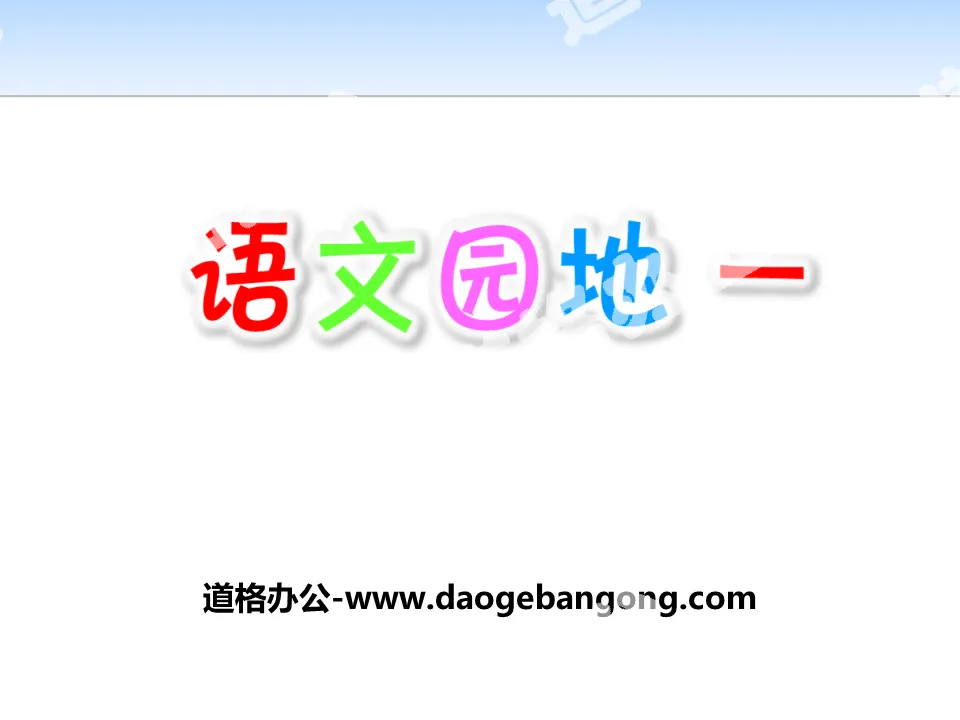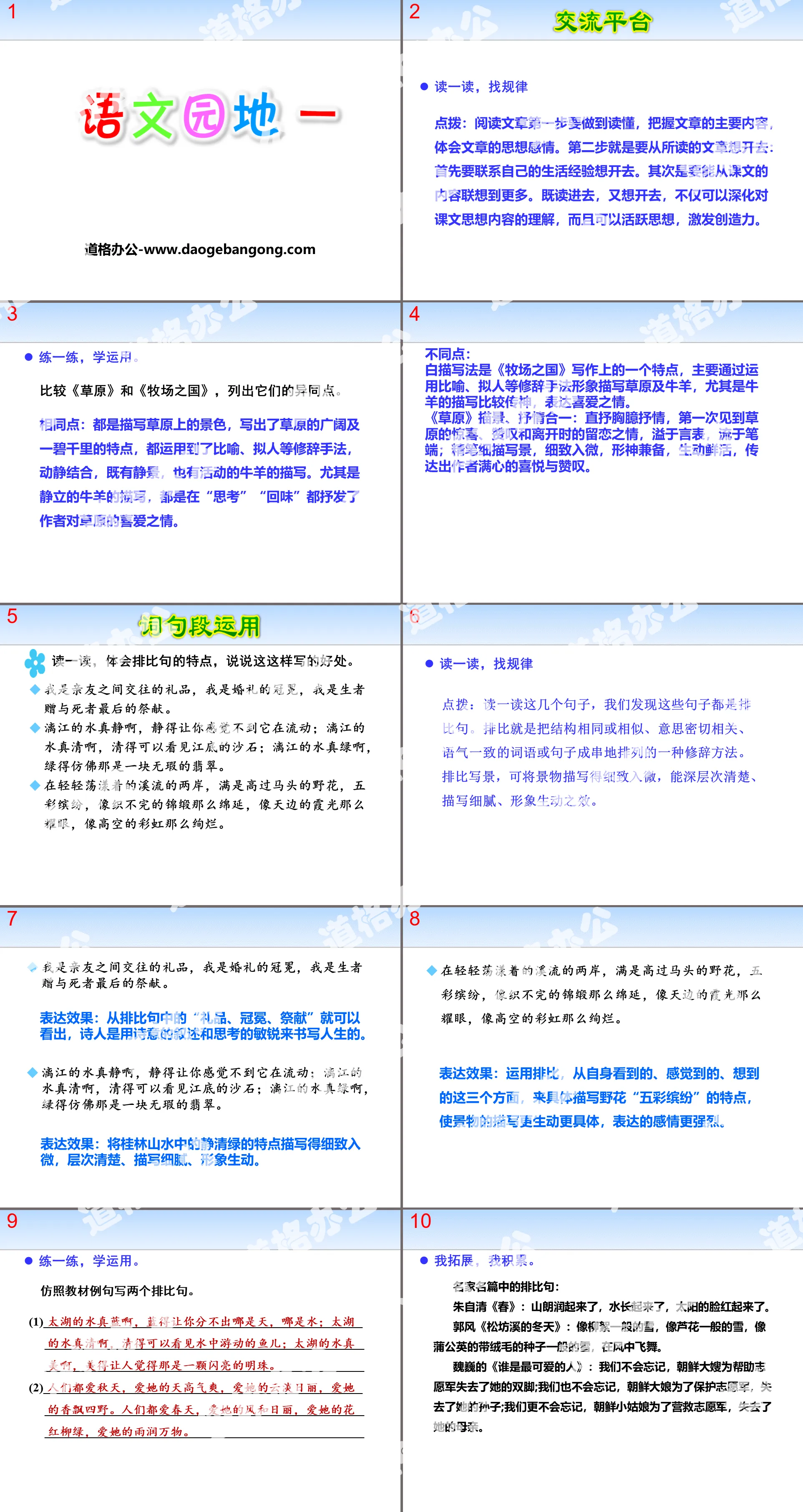The second volume of first-grade Chinese compiled by the People's Education Publishing House
The second volume of fifth-grade Chinese compiled by the People's Education Publishing House
The first volume of Chinese language for eighth grade compiled by the People's Education Publishing House
The first volume of first-grade Chinese compiled by the People's Education Publishing House
The first volume of ninth-grade Chinese compiled by the People's Education Publishing House
The first volume of fourth-grade Chinese compiled by the People's Education Publishing House
The first volume of Chinese language for sixth grade compiled by the People's Education Publishing House
The first volume of second-grade Chinese compiled by the People's Education Publishing House
The first volume of Chinese language for fifth grade compiled by the People's Education Publishing House
The second volume of Chinese language for eighth grade compiled by the People's Education Publishing House
Hunan Education Edition Third Grade Chinese Language Volume 1
The second volume of second-grade Chinese compiled by the People's Education Publishing House
The second volume of seventh-grade Chinese compiled by the People's Education Publishing House
The second volume of fourth-grade Chinese compiled by the People's Education Publishing House
The second volume of Chinese language for sixth grade compiled by the People's Education Publishing House
The first volume of third-grade Chinese compiled by the People's Education Publishing House

| Category | Format | Size |
|---|---|---|
| People's Education Press Chinese Language for Sixth Grade Volume 1 | pptx | 6 MB |
Description
"Chinese Garden 1" PPT download (Volume 1 for sixth grade)
Part One: Communication Platform
Read it and look for patterns
Tips: The first step in reading an article is to understand it, grasp the main content of the article, and understand the thoughts and feelings of the article. The second step is to think beyond the article you read: first, think about it in connection with your own life experience. The second is to be able to associate more from the content of the text. Reading in and thinking about it at the same time can not only deepen the understanding of the ideological content of the text, but also activate thinking and stimulate creativity.
Practice and learn how to use it.
Compare "Prairie" and "Random Country" and list their similarities and differences.
Similar points: they both describe the scenery on the grassland, describing the vastness and vastness of the grassland. They both use metaphors, personification and other rhetorical techniques, and combine movement and stillness, including descriptions of static scenes and moving cattle and sheep. Especially the description of the cows and sheep standing quietly, they are all "thinking" and "aftertaste", which express the author's love for the grassland.
Differences: The white description method is a characteristic of the writing of "Grassland Country". It mainly uses metaphors, personification and other rhetorical techniques to vividly describe the grasslands and cattle and sheep, especially the description of cattle and sheep is more vivid and expresses affection.
"Prairie" combines scenery description and lyricism: it expresses one's heart and emotions directly. The surprise, admiration and nostalgia when seeing the grassland for the first time are beyond words and flow from the tip of the pen; the scenery is described with fine brushwork, meticulous and meticulous, both in form and spirit. , vivid and vivid, conveying the author's full joy and admiration.
Chinese Garden PPT, Part 2: Use of Phrases and Segments
Read it, understand the characteristics of parallel sentences, and talk about the advantages of writing this way.
I am a gift given to relatives and friends, I am a crown at a wedding, and I am the last sacrifice given by the living to the dead.
The water of the Lijiang River is so quiet, so quiet that you can't feel it flowing; the water of the Lijiang River is so clear, you can see the sand and stones at the bottom of the river; the water of the Lijiang River is so green, as green as if it were a flawless piece of Jade.
On both sides of the gently rippling stream, there are wild flowers that are taller than a horse's head. They are colorful, stretching like endless brocade, as dazzling as the sunset on the horizon, and as gorgeous as the rainbow in the sky.
Read it and look for patterns
Tip: Read these sentences, we find that these sentences are all parallelism sentences. Parallelism is a rhetorical method that arranges words or sentences in a series with the same or similar structure, closely related meaning, and consistent tone. Parallel description of scenery can describe the scenery in detail, and can achieve the effect of deep clarity, delicate description and vivid image.
I am a gift given to relatives and friends, I am a crown at a wedding, and I am the last sacrifice given by the living to the dead.
Expression effect: It can be seen from the "gifts, crowns, sacrifices" in the parallel sentences that the poet writes life with poetic narrative and sharp thinking.
The water of the Lijiang River is so quiet, so quiet that you can't feel it flowing; the water of the Lijiang River is so clear, you can see the sand and stones at the bottom of the river; the water of the Lijiang River is so green, as green as if it were a flawless piece of Jade.
Expression effect: The quiet and green characteristics of Guilin's landscape are described in detail, with clear layers, delicate descriptions and vivid images.
On both sides of the gently rippling stream, there are wild flowers that are taller than a horse's head. They are colorful, stretching like endless brocade, as dazzling as the sunset on the horizon, and as gorgeous as the rainbow in the sky.
Expression effect: Use parallelism to specifically describe the "colorful" characteristics of wild flowers from the three aspects of what you see, feel, and think about, so that the description of the scenery is more vivid and specific, and the emotions expressed are stronger.
Chinese Garden PPT, the third part of the content: Accumulation over time
Passing the old friend's village
[Tang]Meng Haoran
An old friend brought chicken and millet and invited me to Tian's house.
Tree edge of the village together, Aoyama Guo oblique.
Open a pavilion to enjoy the scene, drink and talk about mulberry and hemp.
When the Double Ninth Festival comes, there will be chrysanthemums.
Brief introduction to the author: Meng Haoran (689-740), named Haoran, also known as Mengshan, was a native of Xiangyang, Xiangzhou (now Xiangyang, Hubei), and was known as Meng Xiangyang in the world. Because he had never been an official, he was also called Mengshanren. He was a famous landscape pastoral poet in the Tang Dynasty. He was called "Wang Meng" together with Wang Wei.
【Note】
Pass: visit.
Old Friend's Village: The farm of an old friend. Village, farm.
Tools: preparation, purchase.
Millet: yellow rice.
Together: surround.
Guo: A wall built on the outside of the city in ancient times.
Oblique: inclined.
Field: Field, threshing floor. Garden, vegetable garden.
To pick up: to pick up. Pick up.
Just chrysanthemum: refers to drinking chrysanthemum wine, which also means appreciating chrysanthemums.
Translation: An old friend prepared a sumptuous meal and invited me to his hospitable farmhouse. Green woods surround the village, and green mountains lie outside the city. Open the window and face the vegetable garden of the threshing floor, holding a wine glass in hand and chatting about the crops. When the Double Ninth Festival comes, please come here to enjoy the chrysanthemums.
Appreciation: This is an idyllic poem that describes the quiet and leisurely life of a farmhouse and the friendship between old friends. By writing about the scenery of rural life, the author expresses his yearning for this kind of life. The whole text rhymes very much. The poem flows naturally and smoothly from "invite" to "arrive" to "look" and then to "appointment". The language is simple and unpretentious, and the artistic conception is fresh and timeless. The author writes about the process from the visit to the farewell in a kind and simple language, as if he were talking to someone in a homely manner. He writes about the freshness and tranquility of rural scenery, the sincere and deep friendship between friends, and the simple and cordial life of the Tian family.
Keywords: Free download of the Chinese PPT courseware for the first volume of the sixth grade of the People's Education Press, Chinese Garden PPT download, .PPT format;
For more information about the PPT courseware of "Chinese Garden for Grades 1 of the Ministry of Education Edition", please click on the Chinese Garden for Grades 1 of the Ministry of Education Edition ppt tag.
"Chinese Garden 8" PPT teaching courseware (Volume 1 for sixth grade):
"Chinese Garden 8" PPT teaching courseware (volume 1 for sixth grade) Part 1: Learning objectives 1. Understand the characteristics of Liu Gongquan's calligraphy. (Key points) 2. Be able to gain insights from Lu Xun’s famous sayings. (Key points) Through studying in the previous class, we have mastered the content of the article..
"Chinese Garden 8" PPT download (Volume 1 for sixth grade):
"Chinese Garden 8" PPT download (volume 1 for sixth grade) Part 1: Learning objectives 1. Learn how to grasp the content of the article. (Key points) 2. Learn how to give your own article propositions in your exercises. (Key points) 3. Expand rich imagination and associate one word with another...
"Chinese Garden 8" PPT courseware (Volume 1 for sixth grade):
"Chinese Garden 8" PPT courseware (volume 1 for sixth grade) Part One: Communication Platform When reading the article, pay attention to grasp the main content of the article. Generally speaking, once you understand what each part is about, and then connect the main meanings of each part, you can...
File Info
Update Time: 2024-10-28
This template belongs to Chinese courseware People's Education Press Chinese Language for Sixth Grade Volume 1 industry PPT template
"Chinese Garden 1" PPT download (Volume 1 for sixth grade) Simple campus recruitment activity planning plan summary enterprise and institution recruitment publicity lecture PPT template is a general PPT template for business post competition provided by the manuscript PPT, simple campus recruitment activity planning plan summary enterprise and institution recruitment promotion Lecture PPT template, you can edit and modify the text and pictures in the source file by downloading the source file. If you want more exquisite business PPT templates, you can come to grid resource. Doug resource PPT, massive PPT template slide material download, we only make high-quality PPT templates!
Tips: If you open the template and feel that it is not suitable for all your needs, you can search for related content "Chinese Garden 1" PPT download (Volume 1 for sixth grade) is enough.
How to use the Windows system template
Directly decompress the file and use it with office or wps
How to use the Mac system template
Directly decompress the file and use it Office or wps can be used
Related reading
For more detailed PPT-related tutorials and font tutorials, you can view: Click to see
How to create a high-quality technological sense PPT? 4 ways to share the bottom of the box
Notice
Do not download in WeChat, Zhihu, QQ, built-in browsers, please use mobile browsers to download! If you are a mobile phone user, please download it on your computer!
1. The manuscript PPT is only for study and reference, please delete it 24 hours after downloading.
2. If the resource involves your legitimate rights and interests, delete it immediately.
3. Contact information: service@daogebangong.com
"Chinese Garden 1" PPT download (Volume 1 for sixth grade), due to usage restrictions, it is only for personal study and reference use. For commercial use, please go to the relevant official website for authorization.
(Personal non-commercial use refers to the use of this font to complete the display of personal works, including but not limited to the design of personal papers, resumes, etc.)
Preview










